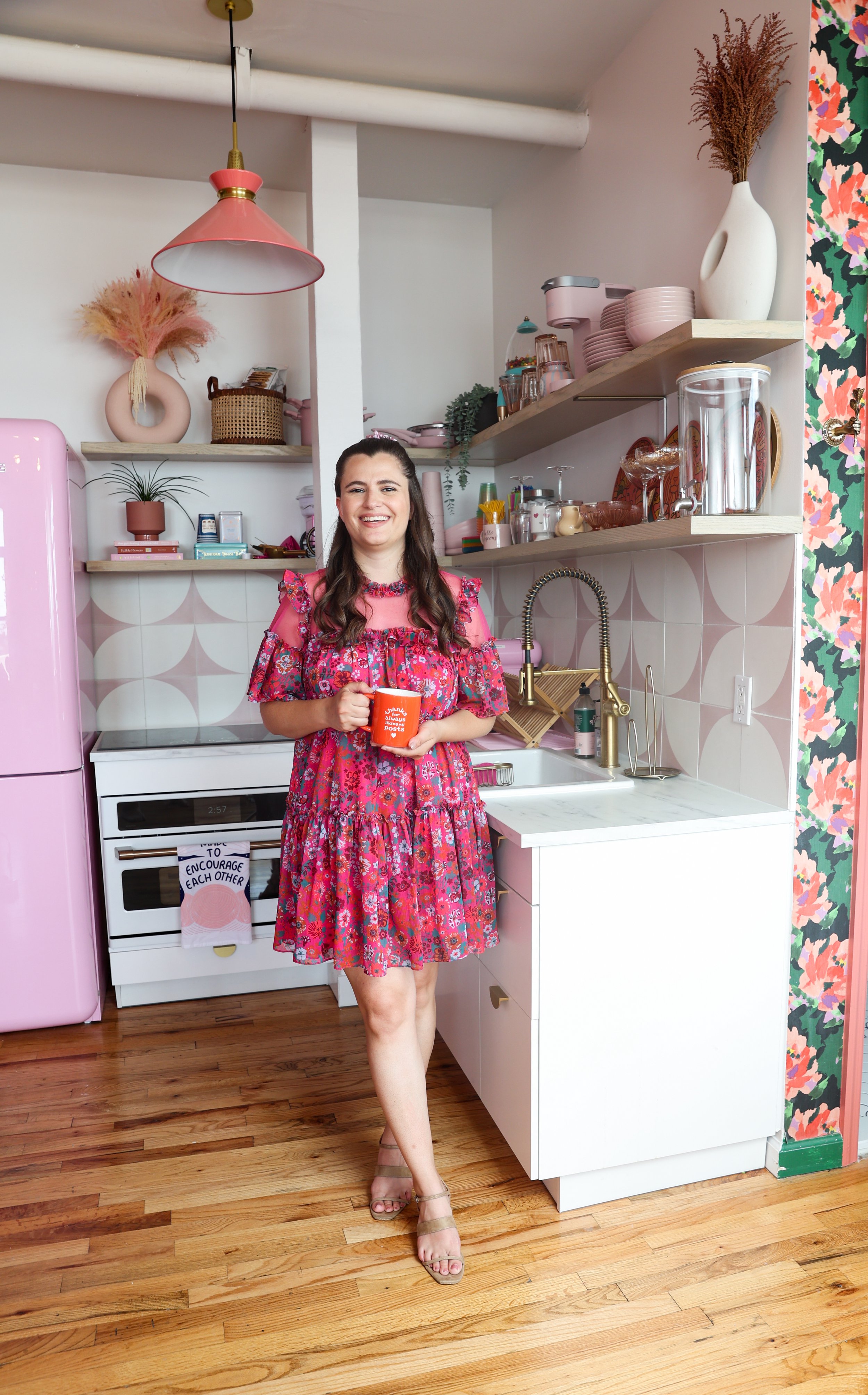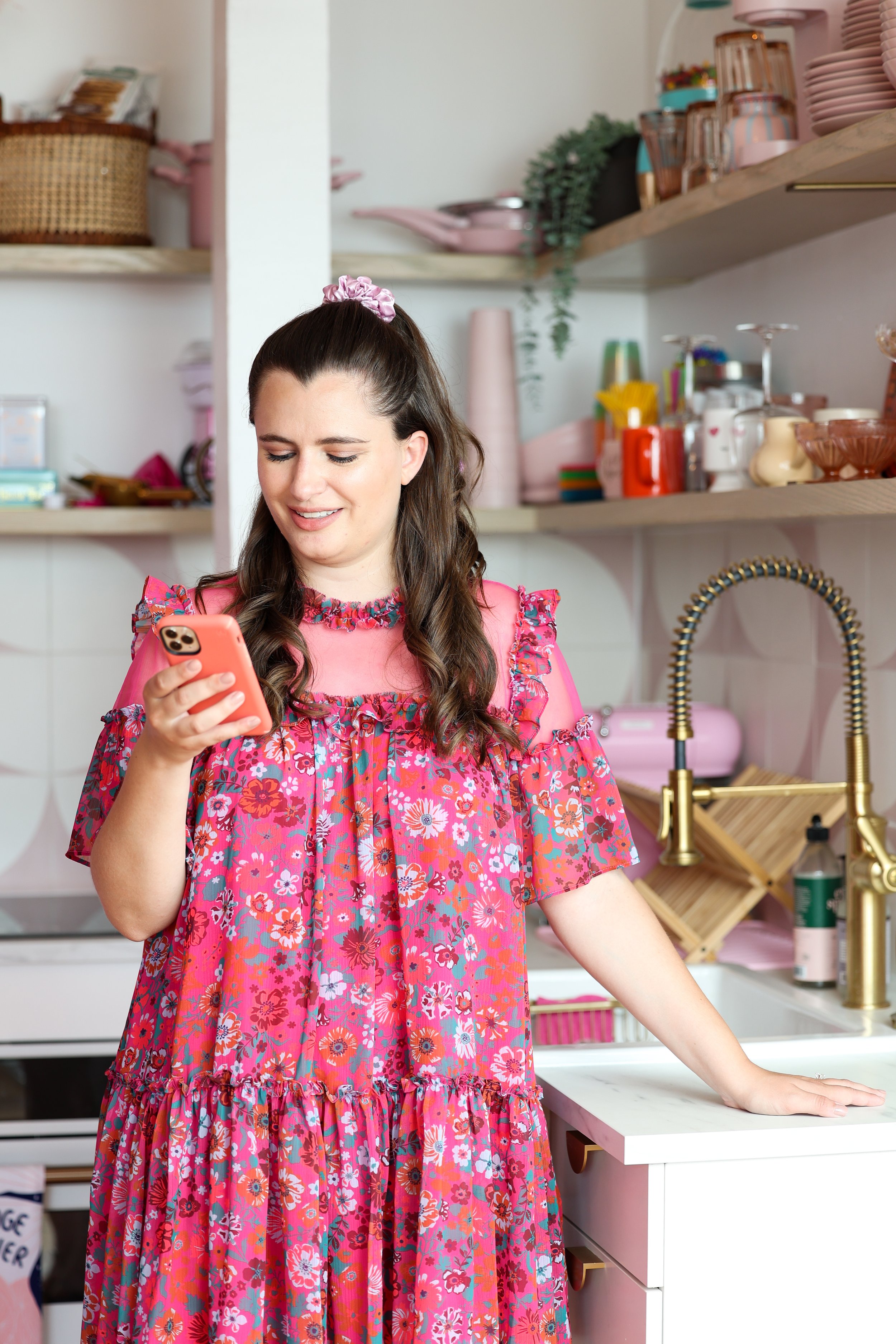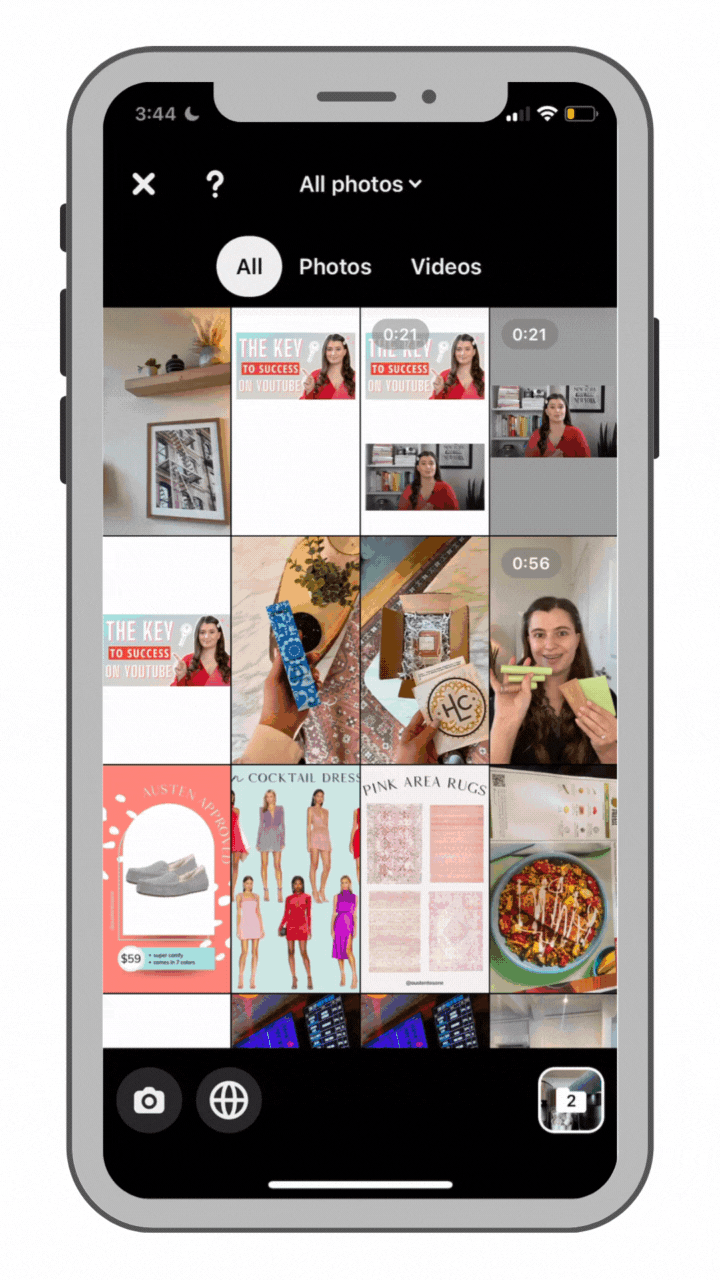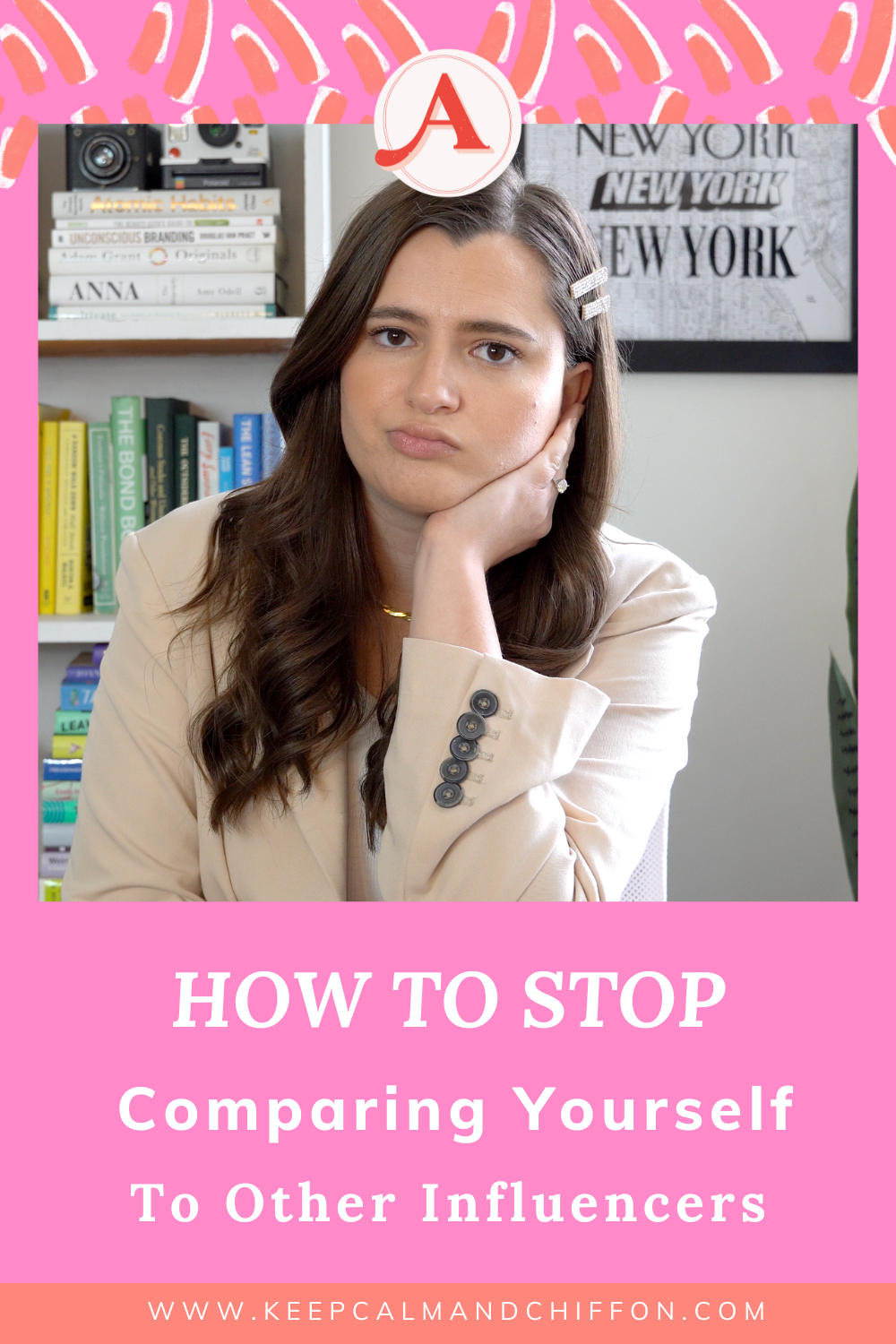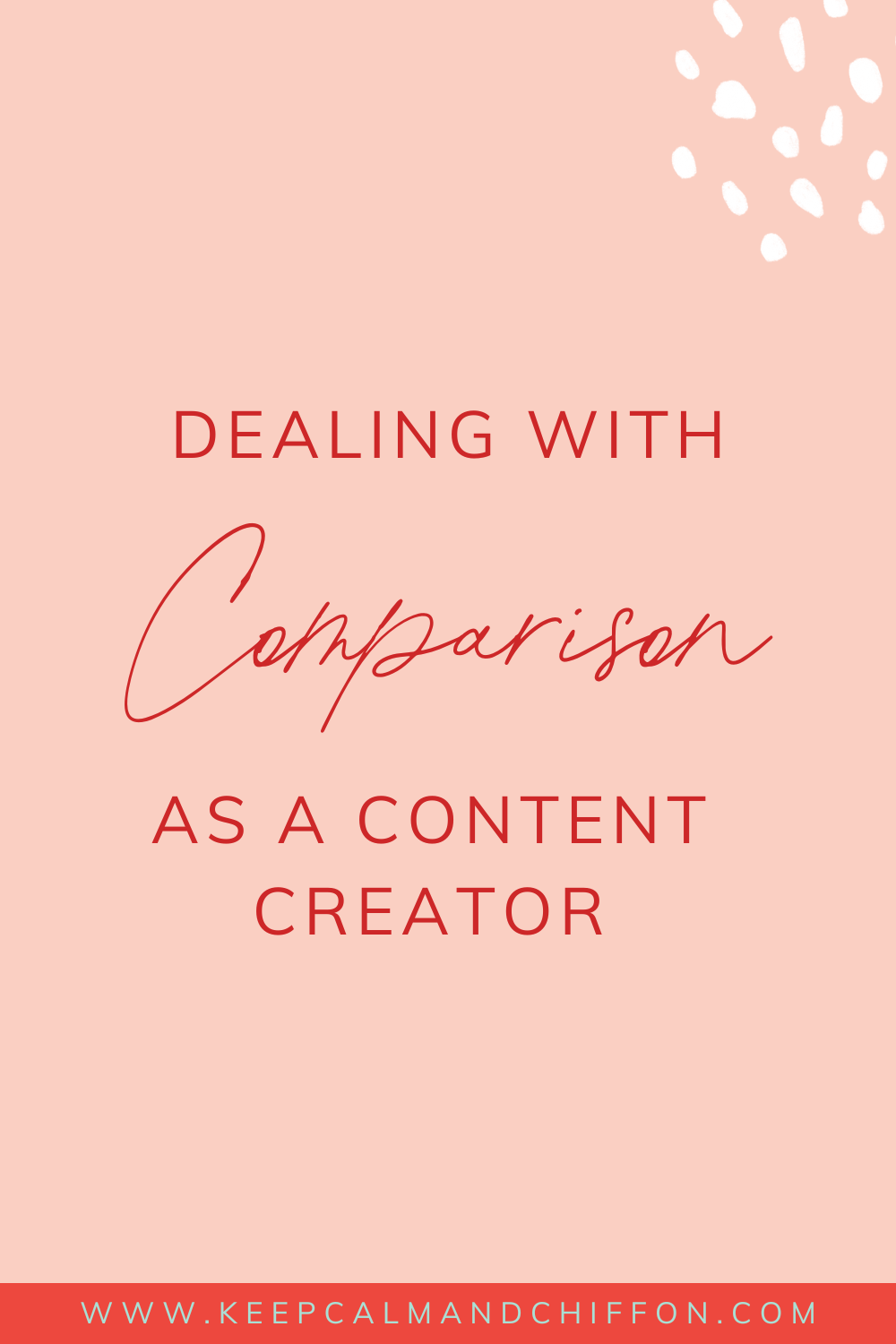4 Ways To Monetize Pinterest in 2024 as a Creator
At the end of 2022, Pinterest decided to put an end to their Creator Rewards program, which was in beta mode for most of last year.
This was definitely a bummer for a lot of content creators, myself included—I made over five figures from the Pinterest creator rewards beta program.
But as we know in this fast paced content creation universe, things can change at any moment and we need to be flexible and prepare for anything.
Today I want to share four ways that you can monetize on Pinterest without Creator Rewards, whether you just picked up Pinterest in the last year or you've been growing slowly and steadily on the platform for a while so that you can see a return on your investment.
I joined Pinterest as a casual user in 2010 and I started creating and sharing original content in 2012.
Pinterest has actually been a part of my content marketing strategy since the early days of my creator journey whether I realized it or not.
Now when it comes to making money on Pinterest, I think the key is to really identify what your priorities are and how much time you have to spend on Pinterest.
With that, let's dive into the four different ways that you can monetize and make money with Pinterest.
1. Affiliates
As of right now affiliates are the main way that you can monetize directly on-platform with Pinterest.
Since Creator Rewards is off the table, we can shift our focus over to affiliate marketing.
As you may know, you've traditionally been able to add regular links to pins until Pinterest introduced idea pins (which are allegedly getting regular linking capabilities sometime this year.)
In the meantime, you can add links to idea pins, you just have to do so using the product sticker.
So in order to tag a product and use an affiliate link on a Pinterest idea pin, follow these steps:
Create a new idea pin and upload any content that you want to use
From there, go to the page of the idea pin that you want to edit and click on stickers
You'll see the option to add a product sticker
Add your product with a link. It may ask you for a clean link in addition to your affiliate link.
adding an affiliate link on an idea pin
If I wanted to link my foundation from It Cosmetics first, I would grab my affiliate link from LTK, the affiliate network I use and just know it may prompt you for a clean link from the retailer.
This is a really great way to start to put those affiliate links somewhere that is a bit more searchable and evergreen than just throwing up a link on an Instagram story that will disappear in 24 hours.
2. Brand Deals
When you partner with a company, a brand will pay you to create content showcasing their products or services to your audience.
I think that Pinterest is still up and coming when it comes to brand deals.
I didn't do my first brand deal on Pinterest until 2021 and what I would recommend to creators is pitching Pinterest, is to pitch it as an add on or an upsell to some of your existing brand partnerships.
If you’re working with a brand on Instagram you could say, “for an extra X dollars, I can also repost this video to my Pinterest page.”
I think this is a good way to ease brands into Pinterest content if they haven’t approached you for it yet.
Pro tip: Pinterest is great for brands because not only is it a very visual first platform, but Pinterest also functions like a search engine and the content has a longer life span.
So working on adding Pinterest as an upsell or additional add on to any existing brand partnerships that you have for more legacy traditional brand partnership platforms like Instagram is a really great way to start making some extra money and make brands aware of your presence on Pinterest.
So brand partnerships and affiliates have more to do with what is happening directly on Pinterest as a platform.
The next two ways to monetize that I want to talk about are indirect, but effective nonetheless.
3. Drive traffic to long-form content
I definitely want to get more creators thinking about using Pinterest to drive traffic to platforms where you're already making money.
This is great because you can use Pinterest as the catalyst to increase your earnings in other areas of your business off-platform.
The two best places to drive traffic to are blogs and YouTube channels, because they are both revenue-generating platforms thanks to ad revenue.
If you have a blog you can apply to join an ad network like SheMedia, Mediavine or AdThrive and on YouTube you can apply for the YouTube Partner Program to monetize with ads.
By focusing on driving traffic to platforms, you’ll be able to get more eyes on your content and make money whenever someone lands on your channel or website thereby increasing your ad revenue.
Making money with these two is easier than selling a product because your audience doesn’t actually hand over money to you when they visit your blog or YouTube channel.
You’ll get a higher ROI versus trying to drive traffic to your Instagram or TikTok profile because there is a good chance that someone will spend more time with your long-form content, explore your website and maybe even convert to becoming an email subscriber.
Every week when I upload a new YouTube video or blog post I always create at least two pins and I try to do one with text and image and one that's text only to promote that blog post or YouTube video and link back to it.
The hope is that since I’ve already done SEO keyword research before creating my blog posts and YouTube videos that someone may be searching for that some topic on Pinterest and click through to my content.
4. Drive traffic to your products and services
In the last example I spoke about linking to long-form, searchable content that you're already creating in the hopes of having someone build trust with you to potentially become a future client or customer.
This is a bit more of a “hit ‘em over the head” strategy where you're being more direct by linking directly to products or services that people can pay for.
If you are not a content creator on YouTube and you don't have a blog, you might have an e-commerce shop.
Maybe you are an Etsy seller or small business owner and you're looking to use Pinterest to drive traffic back to your specific product.
If possible, it's nice to do a mix of both creating pins and linking to content so people can get to know, like, and trust you and creating pins and linking directly to your product.
There are some people who might be searching for something on Pinterest like invoicing, how to or something like that and maybe instead of learning exactly how to invoice someone, what they actually are looking for is an invoice template that they need to send by the end of the day.
Sometimes your product is actually the instant solution for someone's problem.
Other times people may want to do a bit more research and might be more excited to click over to a resource where they can continue to learn more and get some more details before they actually go to make a purchasing decision.
If you have a low cost digital product and you are creating content that promotes that product, if you’re ranking in the search results someone may click to buy without hesitation.
I’ve created pins for digital products and courses I sell and also pins for my free guide, The Influencer Launchpad to get people on my email newsletter and in my orbit.
I love using Pinterest to promote these digital products and resources and if I hadn't put those pins on Pinterest I may have missed out on potential subscribers, blog readers and ultimately customers.
How are you using Pinterest to monetize in 2023? I’d love to hear from you!
I hope you love these tips and use these to increase your overall earnings in 2023.
Austen
Photos by Jessie Alcheh shot at Dream Loft Studios


